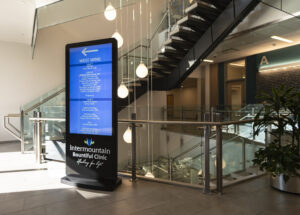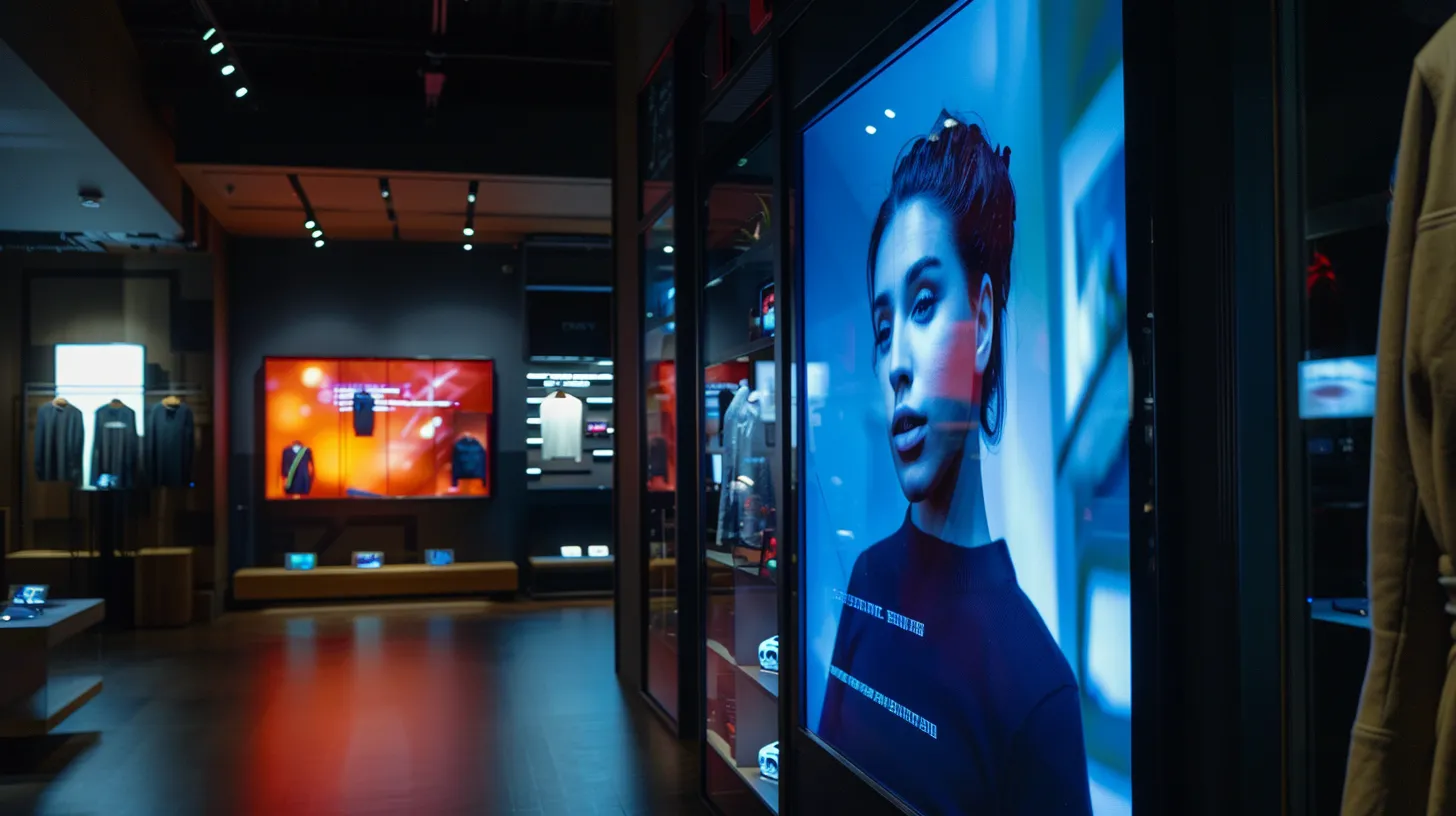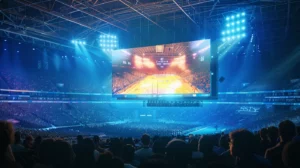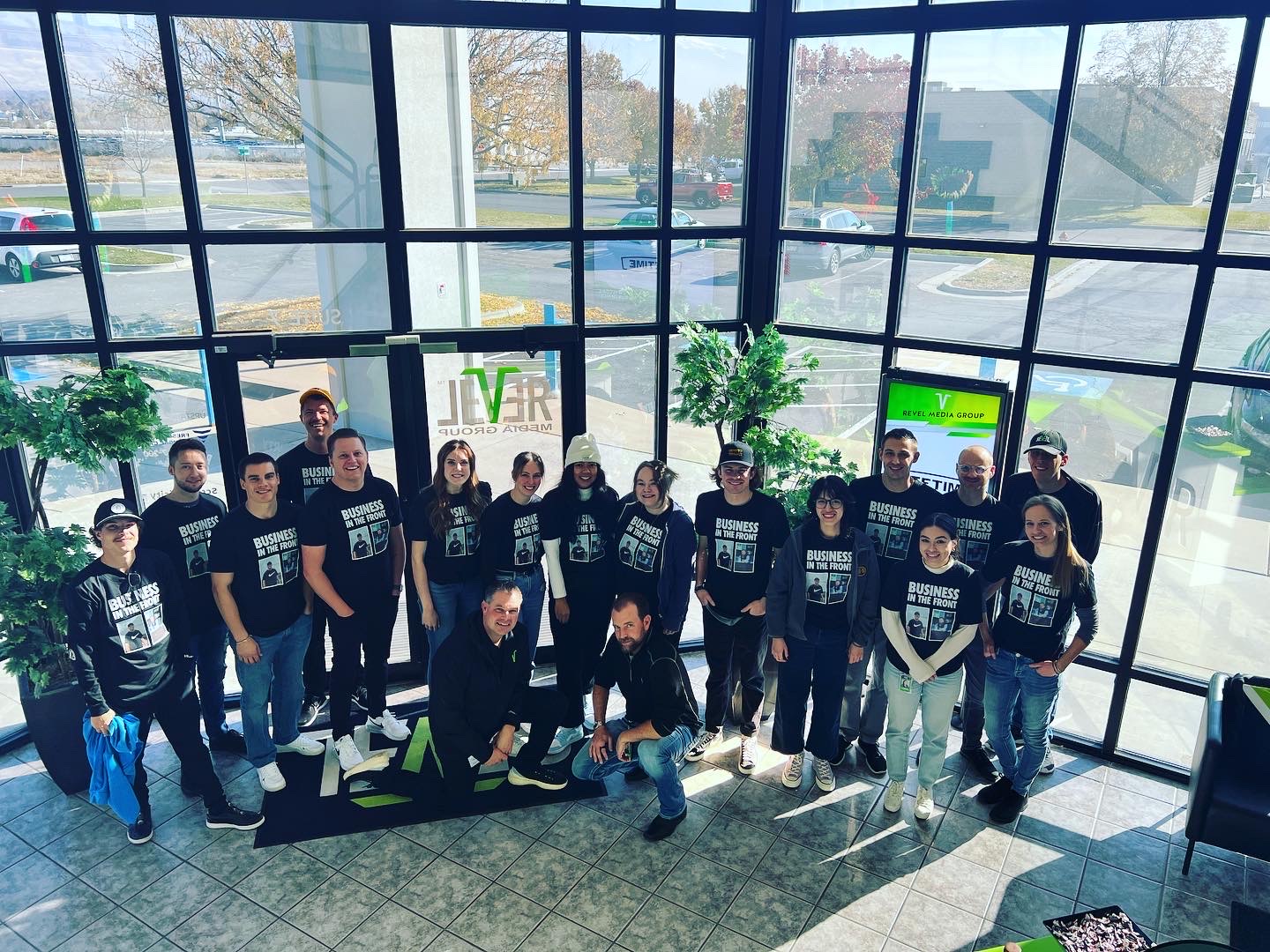
Digital Signage Solutions
Exploring the Role of Digital Signage in Healthcare Environments
Explore how digital signage in healthcare improves engagement and modernizes your brand.


Explore how digital signage in healthcare improves engagement and modernizes your brand.

Explore how trends in digital signage 2025 improves engagement and modernizes your brand.


Contact Info
Copyright 2023 By Revel Media Group, LLC Created By Atomic Social
Terms Of Use | Privacy Statement
Copyright 2023 By Revel Media Group, LLC
Created By Atomic Social
Terms Of Use | Privacy Statement